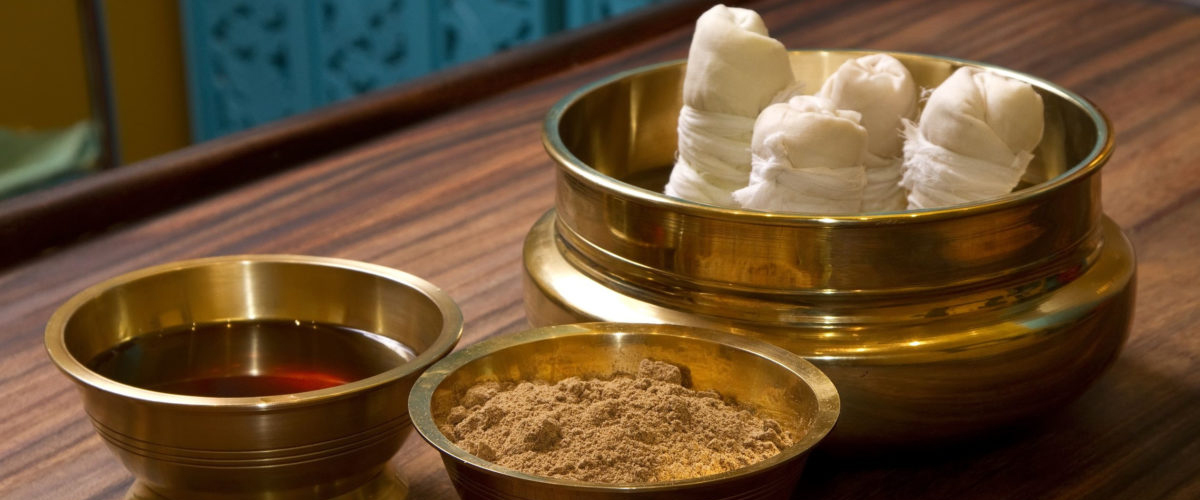What really is an Ayurvedic cleanse, how important is it for people living in big cities to get a health cleanse done at least once in 2 years? We live fierce lives in big cities, and this one gets to see only if one comes to live in a smaller city. I asked my Ayurvedic doctor now friend, Dr. Keshavan why does he tell me to keep coming back every two years? And he replied it’s because in his words, “you lead pressured lives in big cities.” I understand this from the cases I see with sheer exhaustion and adrenal fatigue, an issue that no allopathic doctor will diagnose.
Time set aside, or a ‘retreat’ is healing in itself. To sit in solitude, sometimes stare into the greens, is meditation. Plus when you couple it with a ‘cleanse’ be it Ayurvedic in nature or any detox, has hither to unknown powers to heal you.
Time set aside, or a ‘retreat’ is healing in itself. To sit in solitude, sometimes stare into the greens, is meditation. Plus when you couple it with a ‘cleanse’ be it Ayurvedic in nature or any detox, has hither to unknown powers to heal you.
Panchakarma-the practice I have now followed for the last 12 years, means to detoxify the body and mind using Ayurvedic principles. ‘Pancha’ meaning five and ‘karma’ meaning treatment, is suppose to use five procedures to cleanse the body. When practiced in the Kerela style: First one meets the doctor, who diagnoses the ailments and the state of your ‘doshas’ (these are biological energies which run through the body and mind, they govern physical and mental processes, and act like a blueprint for what makes you different from another. These are: vata [space and air], pitta [fire and water]and kapha [earth and water]). Your ‘doshas’ could be in a state of imbalance, and that is why issues occur.
The treatments are structured in such a way so as to first prepare the body using a simple oil massage called ‘abhyanga’, with the required herb decoctions (called kashayams) that are freshly prepared and come to you at certain a certain time. You then go in for a treatment called ‘dhara’ and ‘pizichil’ also called an intensive (7-14 days), where traditionally 4 therapist work on you pouring warm oil on the body, and 2 therapist pour a stream of oil moving from side-toside from an earthen clay pot on the forehead (dhara), which is meant to start the cleansing work. Think of a dirty floor, and you clean it with a mop-the job in a treatment like this is to clean the ‘ama’ (oil like substance – toxic in nature) around your organs and tissues; pushing it into your digestive for elimination. The ‘dhara’ is meant to fire your neurotransmitters and clean your mind. In this stage the body’s immunity drops and one is advised to stay indoors mostly, not catch the wind and not cut nails or shave (as the body could bleed more than usual). Post finishing an intensive, the doctors determine what sort of a ‘virechana’ (purgation) you will need, oral or an enema-this treatment is called a ‘vasti.’ Once this is done, a ‘podikizhi’ treatment is done (7-10 days), where usually a rice bolus (wrapped in a muslin cloth) is dipped in warm medicated milk and up to 4 such ‘kizhis’ can be used all over the body, in a vigorous motion to rejuvenate the nerves and bones. This tops up the treatment and the last few days are dedicated to the abhyanga massage. This completes the cleanse.
Do read how an Ayurvedic cleanse or a Panchakarma treatment benefits you in my next blog.

